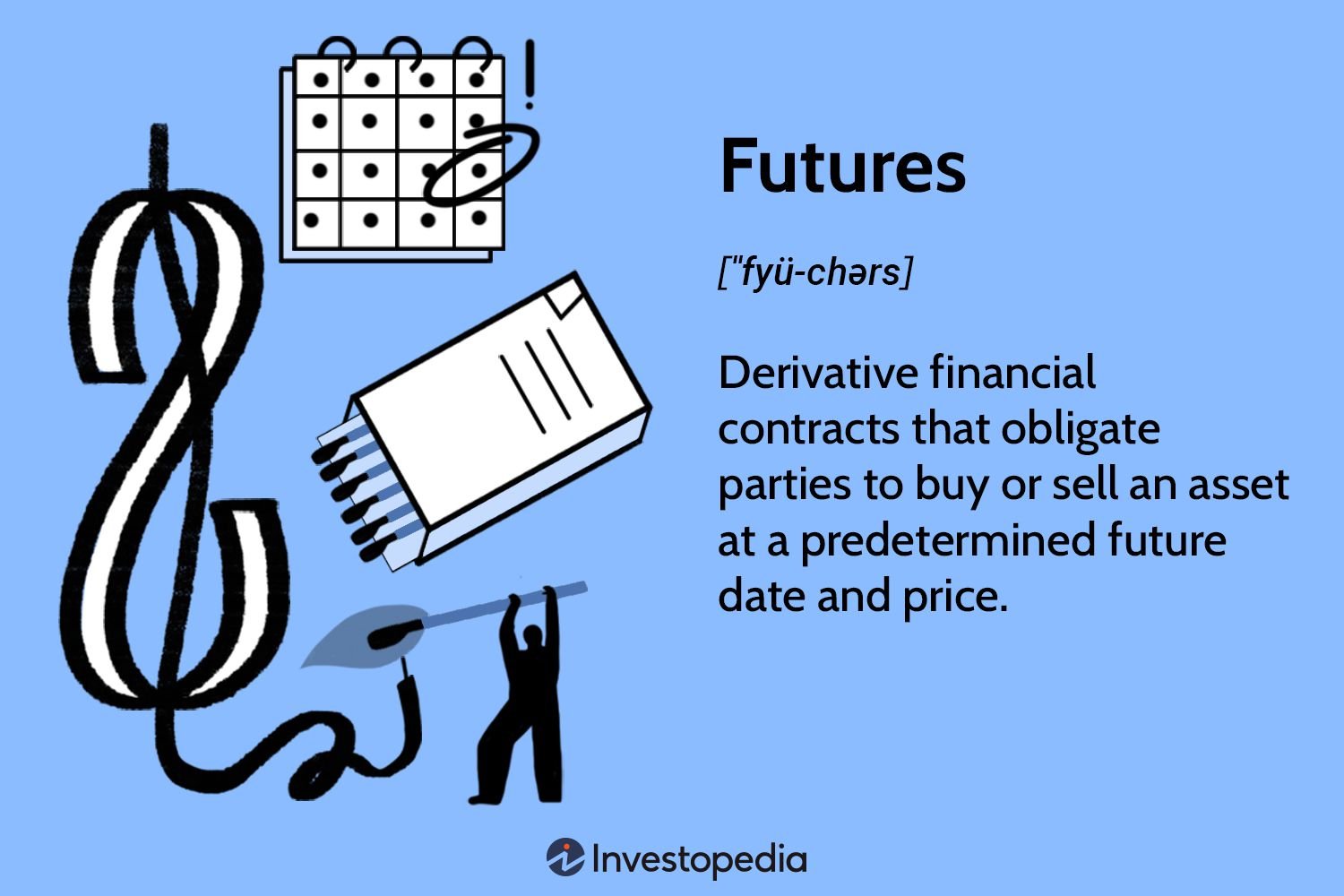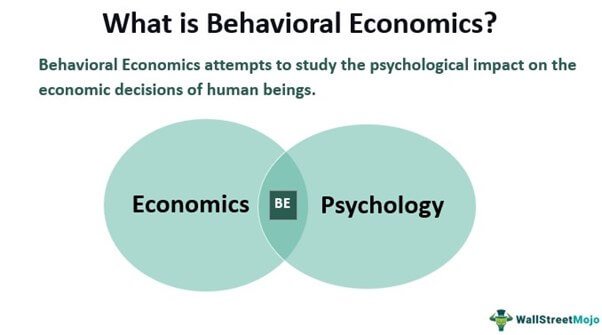Welcome to the world of trading! If you’re looking to understand futures and options in trading, you’ve come to the right place. In this article, we will break down the complexities and demystify these terms for you. So, why are futures and options so important? Well, they provide traders with the potential to manage risk, hedge investments, and even speculate on future price movements. Understanding futures and options in trading is crucial for anyone wanting to navigate the dynamic world of financial markets. Let’s dive in and explore these concepts together.
Understanding Futures and Options in Trading
Introduction:
In the world of financial markets, trading in futures and options holds immense significance. These financial instruments offer traders and investors the opportunity to speculate on the price movements of underlying assets without actually owning them. In this comprehensive guide, we will delve into the intricate details of futures and options trading, exploring their definitions, functions, key differences, and the various strategies employed to maximize profits. So, let’s begin our journey into understanding futures and options in trading!
Section 1: Definition and Basics of Futures Trading
What are Futures?
Futures are derivative contracts that obligate parties to buy or sell an asset at a predetermined price and date in the future. These assets can range from commodities like oil, gold, or wheat, to financial instruments such as stocks and bonds. Futures contracts outline the quantity, quality, and delivery details of the underlying asset.
How Does Futures Trading Work?
Futures trading involves two primary parties: the buyer (long position) and the seller (short position). These parties enter into an agreement that specifies the asset, price, and future date of delivery. It’s important to note that most futures contracts are settled in cash rather than physical delivery. Traders aim to profit by accurately predicting price movements and taking positions accordingly.
Leverage and Margin in Futures Trading
One of the key advantages of futures trading is the ability to utilize leverage. Through margin requirements, traders can control large positions with a relatively small initial investment. The exchange sets margin requirements to ensure sufficient collateralization of the positions. However, leverage amplifies both profits and losses, making risk management crucial in futures trading.
Section 2: Understanding Options Trading
What are Options?
Options, like futures, are derivative contracts. However, they differ in that options provide the trader with the flexibility to choose whether or not to execute the contract. An option gives the holder the right, but not the obligation, to buy (call option) or sell (put option) an underlying asset at a predetermined price within a specified period.
Call and Put Options
Call options grant the holder the right to buy the underlying asset, while put options provide the right to sell it. These rights can be exercised until the expiration date of the option contract. The price at which the option can be exercised is known as the strike price, and the expiration date represents the deadline for executing the option.
Option Premium and Pricing
Option contracts are not free; they come at a cost known as the option premium. Factors influencing the premium include the underlying asset’s price, volatility, time to expiration, and interest rates. Options can be valuable tools for hedging against price fluctuations and creating unique trading strategies.
Section 3: Key Differences between Futures and Options
Contractual Obligations
In futures trading, both the buyer and seller are obligated to fulfill the terms of the contract upon expiration or risk penalties. In options trading, the holder has the right to choose whether or not to exercise the contract.
Risk and Reward Profiles
Futures trading presents unlimited profit potential but also carries unlimited risk. Both profit and loss are directly proportional to the price movement of the underlying asset. Options trading, on the other hand, offers limited risk and potential profit, allowing traders to control risk exposure more effectively.
Expiration and Settlement
Futures contracts have a standardized expiration date, usually on a monthly or quarterly basis. Settlement occurs either through physical delivery of the underlying asset or cash settlement. Options contracts offer more flexibility, as they can expire on a specific date or at multiple dates within a defined period.
Market Participation
Futures markets are accessible to a wide range of participants, including speculators, hedgers, and arbitrageurs. Options markets also attract these participants; however, they can be equally appealing to investors seeking insurance against adverse price movements or looking to implement complex trading strategies.
Section 4: Futures and Options Trading Strategies
Hedging
Hedging involves utilizing futures or options contracts to offset potential losses in an existing position. This strategy helps mitigate risk in an uncertain market environment, ensuring portfolio stability.
Speculation
Speculation refers to taking positions in futures or options contracts solely based on the expectation of price movements. Traders who speculate aim to profit from correctly forecasting market trends and direction, rather than using these instruments for hedging purposes.
Spreads
Spread trading involves taking a simultaneous long and short position on two related futures or options contracts. The goal is to profit from the price difference between the two positions, thereby reducing risk exposure.
Arbitrage
Arbitrage involves exploiting price discrepancies between different markets or related assets. Traders seek to profit from these temporary imbalances by simultaneously buying and selling the assets to lock in risk-free returns.
Conclusion:
Understanding futures and options in trading is essential for anyone looking to venture into the world of financial markets. This guide has provided a comprehensive overview of the definitions, functions, differences, and strategies related to futures and options trading. By grasping these concepts, traders and investors can navigate the complexities of the derivatives market, manage risk effectively, and potentially maximize profits. So, go ahead and explore the exciting possibilities that futures and options trading offer!
What Is Futures And Options Trading? F&O Explained By CA Rachana Ranade
Frequently Asked Questions
Frequently Asked Questions (FAQs)
What are futures and options in trading?
Futures and options are financial derivatives that allow traders to speculate on the future price movements of various assets, such as commodities, stocks, or currencies. They provide opportunities for investors to hedge risks or make speculative bets on the direction of the market.
How do futures contracts work?
A futures contract is an agreement between two parties to buy or sell an asset at a predetermined price at a specific date in the future. The buyer is obligated to purchase, and the seller is obligated to deliver the asset. These contracts are standardized and trade on exchanges, providing liquidity and transparency.
What are the main characteristics of options?
Options give the holder the right, but not the obligation, to buy or sell an asset at a predetermined price within a specific period. They offer flexibility, as traders can choose whether or not to exercise the option. Options consist of a premium, strike price, and expiration date.
How are futures and options different?
While both futures and options are derivatives, they differ in their obligations. Futures contracts require the buyer and seller to fulfill the contract at the specified price and date. Options give the holder the choice to buy or sell but do not have an obligation.
What are the benefits of trading futures?
Trading futures provides several advantages, including leverage, liquidity, and the ability to hedge against price volatility. Futures markets offer high liquidity, allowing traders to enter and exit positions easily. Leverage enables traders to control a larger position with a smaller initial investment.
Why would someone use options in trading?
Options can be used for various trading strategies. Traders may use options to speculate on price movements, hedge existing positions, or generate income through writing options. The flexibility and limited risk of options make them attractive for managing risk and increasing trading opportunities.
What are some risks associated with futures and options trading?
Futures and options trading involve risks, including the potential for loss of capital. Market fluctuations, volatility, and unexpected events can impact the value of positions. It is crucial for traders to understand the risks involved, use appropriate risk management strategies, and have a thorough understanding of the products before trading.
How can one learn more about futures and options trading?
To enhance your understanding of futures and options trading, you can explore educational resources provided by reputable financial institutions, attend seminars or webinars, read books or articles written by experts, and practice trading in simulated environments. Familiarizing yourself with market dynamics and technical analysis can also be beneficial.
Final Thoughts
Understanding futures and options in trading is crucial for anyone looking to participate in the financial markets. Futures and options provide traders with the opportunity to speculate on price movements, hedge against risks, and potentially maximize their profits. By understanding how futures and options work, traders can effectively manage their portfolios and make informed trading decisions. With futures, traders agree to buy or sell an asset at a predetermined price in the future, while options give them the right but not the obligation to buy or sell an asset. By grasping the concepts and strategies of futures and options trading, individuals can navigate the complex world of financial markets with confidence. Understanding futures and options in trading is the key to unlocking potential opportunities and managing risks effectively.



